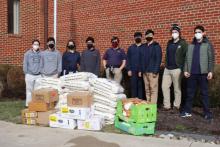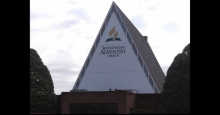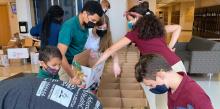Story by Chesapeake Conference Staff
When students from Chesapeake Conference's Atholton Adventist Academy (AAA) in Columbia, Md., saw the needs of Afghan refugees resettling in their local community, they decided they wanted to do something.
Over the past four months, AAA students have raised more than $5,000, collected and sorted donations, delivered food and essential items, and hosted an event in the school’s gymnasium where 18 Afghan families received winter clothing and enjoyed a catered meal.





 Story by Andrew S. Lay
Story by Andrew S. Lay 